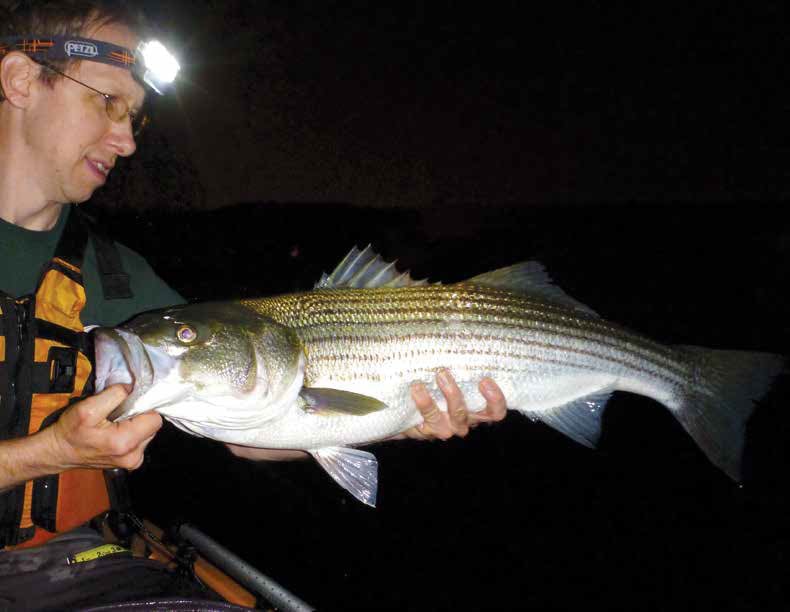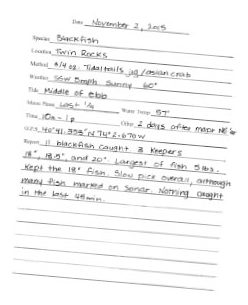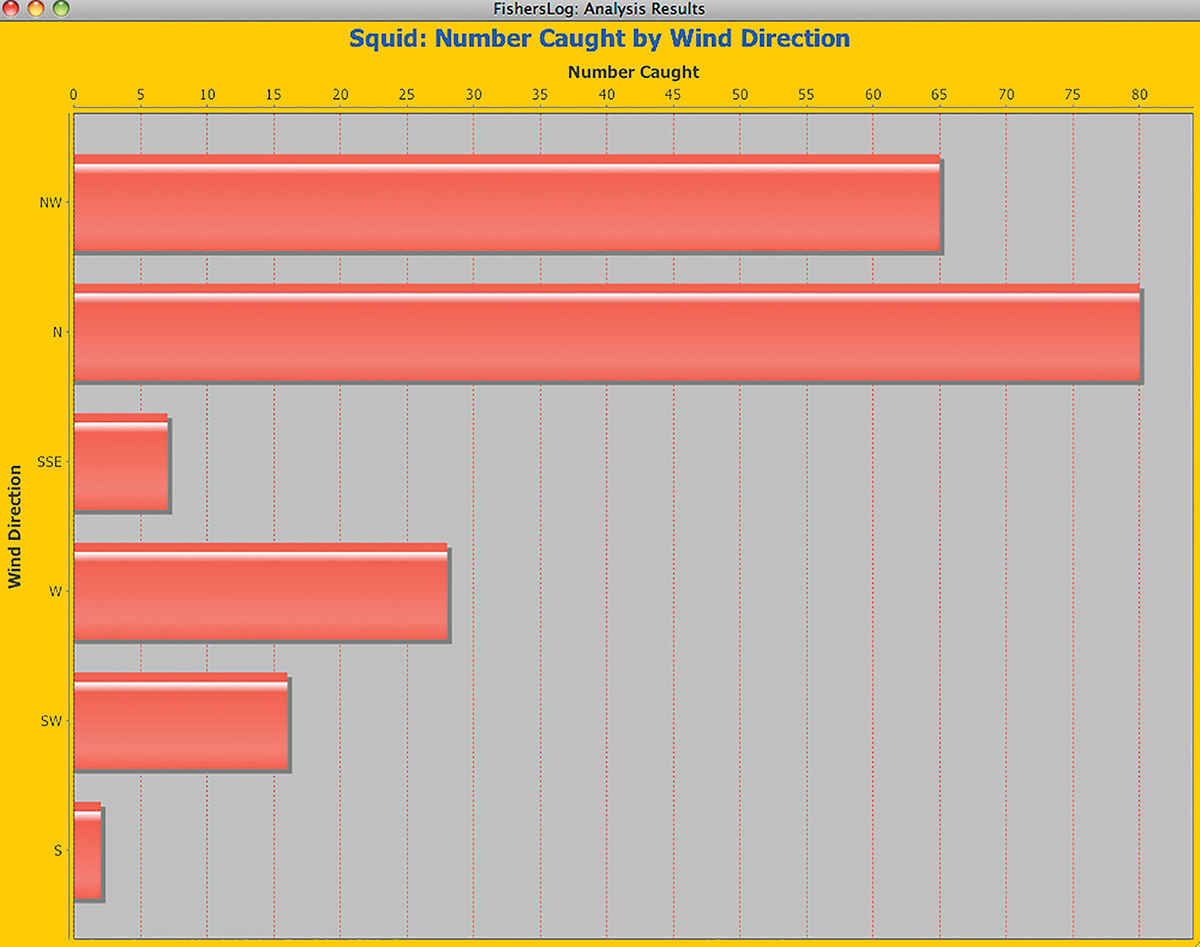
Anglers can be roughly divided into three categories. First, there are those who go fishing every once in a while, mostly as a way to get out and connect with nature. They have fun, but not so much fun that they want to do it again very soon. These anglers like to catch fish, but don’t account for a high percentage of the fish caught by anglers overall. No matter for them, they tend not to mind because catching fish isn’t very important to them anyway. Then, there are those individuals who fish a lot, with focus and determination, because they have a lifelong passion for fishing. In fact, they need to fish because it nourishes their soul. These are the proverbial 10 percent of the fishermen who catch 90 percent of the fish. Finally, we come to the third group of fishermen. These tend to be people who have recently developed a strong enthusiasm for fishing. They fish as much as they can, with determination, but often don’t catch many more fish per hour of time spent on the water than they did before they caught the fishing bug. This article is intended to be helpful to all anglers, but is especially aimed at that those folks who are struggling to make the transition from that first group of novice anglers, to the seasoned second group.
Most newly impassioned anglers channel their enthusiasm into obtaining concrete knowledge about the tackle and techniques needed to catch the types of fish they will be targeting. This is a natural and correct first step towards success. However, if that’s as far as one goes with their learning, they will still be missing a critical piece of the puzzle that will allow them to effectively apply that knowledge and improve their catches.
Patterns
Patterns abound in nature. Atoms arrange in patterns as evidenced in the structure of crystals. There are fractal patterns in sediments deposited by water or wind, and in the branching structures of trees. Then, there are patterns of behavior in animals. People, being animals, also follow very regular and predictable patterns in everyday life. Do you not eat, sleep, and travel to work at the same places and at much the same times every day? Fish are no exception. There are broad patterns of fish behavior we are all familiar with, such as the mass migration of fluke from deep ocean waters to the shallow bays and harbors every spring. However, when discussing patterns here, we’re talking about localized events relating to the feeding behavior of our local gamefish, such as the appearance of stripers at a particular jetty or drop-off at a certain hour of the tide. Like all animals, a fish’s behavior is shaped by its survival needs. If a particular daily routine helps them to find food, avoid predators, stay in the right temperature zone, etc., they continue to follow that pattern until one or more of the variables affecting their behavior changes. If you go fishing at a randomly chosen time and location, and you catch well, the only thing that was random about that event was your attendance. There were reasons why those fish were there feeding at that time. While we can’t always decipher exactly why a bite occurs at a particular time and place, a careful observer can often gather enough information to be able to predict when a bite will occur in that place in the future. Of course, if all variables remain the same from one day to the next, that is a good predictor that a bite will continue for consecutive days, but here I’m talking about potentially being able to identify a pattern and use it to predict a bite years in advance. I know of one location where the arrival of hungry 15- to 25-pound stripers is predictable (by tidal stage) to a period of less than 30 minutes. This happens over a two-week period, in the same spot, year after year. In fact, for several years I’ve planned a vacation around this bite. While blackfishing over the last few seasons, I discovered that a southwest wind combined with an incoming tide and a water temp between 60 and 65 equated to a hot bite in one particular spot. This kind of precision and repeatable success would not be possible without my beloved fishing logs.
Keep A Log

Keeping a fishing log is an essential tool for elucidating patterns of gamefish feeding behavior and predicting their future occurrence, thereby improving your chances of success. I liken the process to putting together a jigsaw puzzle; the individual pieces may not tell you much, but put enough of them together and a picture is revealed. It’s impossible to remember details from multiple trips such as tidal stage, wind speed and direction, and water temperature, from one year to the next. Logs enable you to put all the pieces of data there in front of you to sort through and piece together. A fishing log can be kept in several different formats. For years I logged my trips on a paper form I made myself on my home computer. I kept the sheets in a three-ring binder divided by month. More recently, I’ve switched to a computerized format. There are many fishing log programs available online, as well as fishing log apps for your smartphone. I like the FishersLog program developed by Long Island author and fisherman John Skinner. The unique feature of this program is its analysis tool, which enables one to explore their catch history with different combinations of location, wind direction, month, and moon phase for the locations that you have entered. Whatever format suits your preference, it won’t take long before your fishing log becomes a treasured friend, and will be especially valued during the long winter months, helping you to relive your previous season’s best moments, as you discover clues as to what made those great trips happen.

In fishing, the process of learning never ends. This is one reason why it’s interesting and exciting, and why it never gets old. The first time you dial into a strong pattern and are able to repeat your success is a transformative experience, and may well permanently change your approach to the sport. People who spend their entire lives on the water as fishermen develop an intuitive understanding of the interconnected relationships between marine organisms, and their interactions with the physical environment. Keeping a detailed log of data from your trips offers a shortcut to developing this ability. Applying that ability to identify and exploit patterns of fish behavior will greatly improve your catches, but beyond that, fishing will become a more satisfying experience overall.




